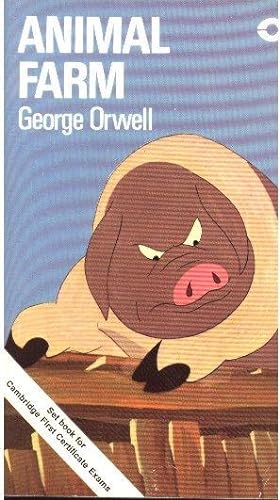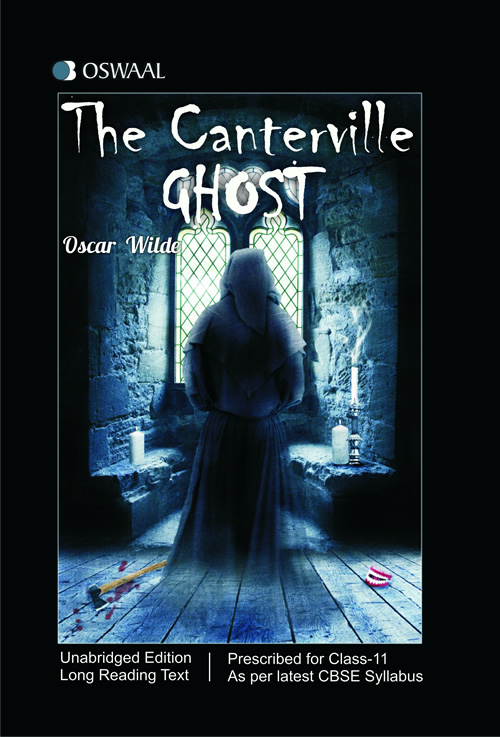COPIAR
Frankestein project
<<<<<<<<<<<<<<<<<<<<<<<<<<<<<<<<<<<<<<<<<
<<<<<<<<<<<<<<<<<<<<<<<<<<<<<<<<<<<<<<<<<<<<<<<<<<<<<<<<<<<<<<<<<
Work on Animal Farm - to hand in 8th January
- Author (some/few lines about his life and works)
- Plot summary (250-300 words)
- Characters in the book; a)Main b)Secondary
- The seven commandments
- Personal opinion. Justify it (+/-100 words)
We
Animal Farm Audio book
DATES FOR PROYECT PRESENTATION:
Wednesday 8th Group 1 Victorian Era: general overview
Wednesday 8th Group 2 Industrial Revolution and scientific progress
Friday 10th Group 3 Victorian society and class: general overview
Tuesday 14th Group
4 Victorian society as reflected in the novel:
The English countryside
in the late 19th century.
‘Old World’ England vs. ‘New World’ America .
Wednesday 15th Group 5 Victorian literature:
Oscar WIlde, his life and works & other writers of the time.
<<<<<<<<<<<<<<<<<<<<<<<<<<<<<<<<<<<<<<<<<
<<<<<<<<<<<<<<<<<<<<<<<<<<<<<<<<<<<<<<<<<<<<<<<<<<<<<<<<<<<<<<<<<
Each group will be assigned one of the topics below:
Group 1 Victorian Era: general overview
Group 2 Industrial Revolution and scientific progress
Group 3 Victorian society and class: general overview
Group
4 Victorian society as reflected in the novel:
The English countryside
in the late 19th century.
‘Old World’ England vs. ‘New World’ America .
Group 5 Victorian literature:
Oscar WIlde, his life and works & other writers of the time.















No hay comentarios:
Publicar un comentario